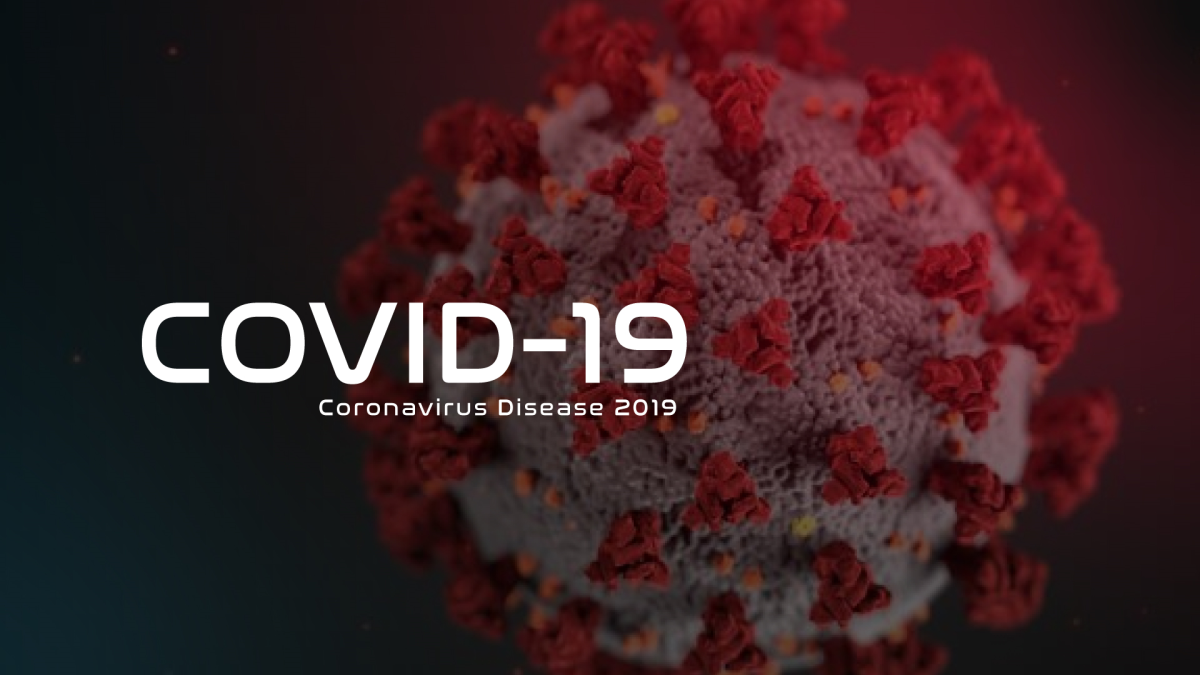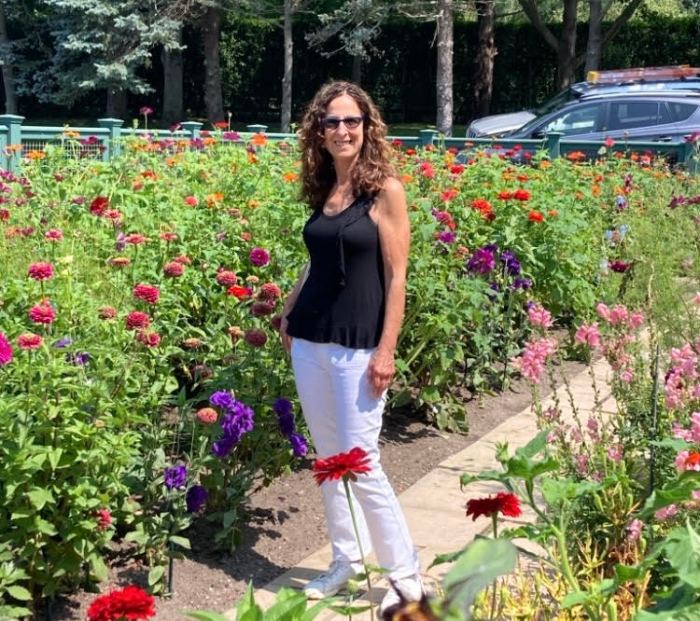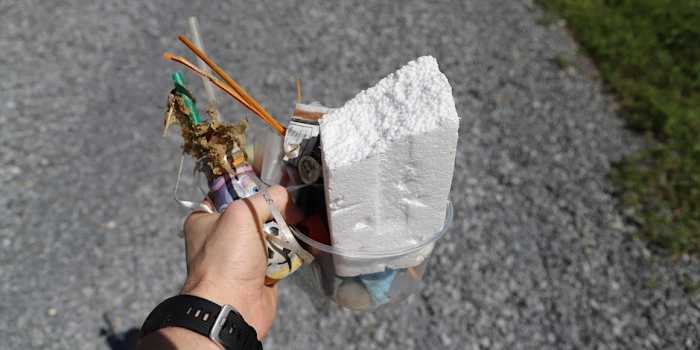As we emerge from our initial battle with COVID-19, it is clear that the U.S. was not prepared for a major health crisis. There was no emergency plan to handle the medical, economic, or food distribution problems that challenged the nation.
Moving forward, many issues need to be addressed, including how to prevent future pandemics and the economic fallout caused by this crisis. We must address a monumental problem that we will likely face in the coming months: a second wave.
The lack of preparedness puts the states at a terrible disadvantage. New York State, like other states, did not have access to testing or necessary equipment. Healthcare systems were overwhelmed, and the scarcity of personal protective equipment increased the dangers of caring for those infected. When healthcare workers are not supported, the virus wins.
Analyzing the problems, we realize that federal agencies have not been able to meet individual states’ particular needs. The density of population, commuter patterns, recreational and social habits, etc. make each state unique. New York pays a disproportionate amount of federal taxes. We should pressure Washington to allocate federal funding based on population size and the share of federal taxes paid. It would better serve New Yorkers to take action and develop a comprehensive plan to protect its residents while collaborating with other states to obtain federal support and funding.
First, New York has to identify and develop an “army” of reservists and first responders to assist in a second wave. This new civilian workforce should include doctors, nurses, specialists who are not currently practicing, and individuals who are certified or can be certified in skills such as CPR, AED, EMT, basic and advanced life support, and adult first aid. These individuals will provide relief for medical personnel who have become exhausted and sick. When we are all prepared to work together, great things can happen.
Second, we must encourage participation in American Red Cross classes that train people in the skills described above. In addition, create training programs at community centers and on academic campuses. EMTs and Paramedics can be further trained at local hospitals and in firehouses across the community. Developing and allocating funding is essential to support those who cannot afford to pay for these courses.
Third, we need to establish community-wide stockpiles of personal protective equipment (PPE) and cleaning supplies for our medical institutions, first responders, trade workers, and the public. Prepare local factories and manufacturing centers to shift from their regular production line to creating: ventilators, PPE, hand sanitizers, and other basic supplies. While this can be spearheaded at the local level, New York State should also build up a supply of vital medical equipment and PPEs that will serve the patients’ needs. We must not be lacking supplies should the second wave occur.
Fourth, we must develop community-wide stockpiles of nonperishable and emergency dehydrated foods that will ensure that shelves never go empty. Local governments can collaborate with grocery stores and restaurants, designating them as fresh food distribution centers, averting food shortages. In order to facilitate shopping, expand telephone ordering from supermarkets to assist those not capable of using online services. We will simultaneously be supporting local businesses, guaranteeing a supply of food, and preventing wasteful destruction of unused food.
Fifth, take this situation as an opportunity to establish a think tank comprised of experts to explore the expanded use of technology. Investigate the availability of technology for all economic levels of society. If there is a second wave, we must make sure no one gets left behind.
Sixth, it is imperative that we develop a statewide comprehensive public healthcare system comprised of hospitals, health facilities, nursing homes, and medical schools that can develop and implement plans for any healthcare crisis.
Seventh, develop a safe plan to keep businesses, transportation, and government entities operational using social distancing, rotating shifts, and teleconferencing.
Finally, it is essential that we fund and support research and testing/tracing efforts that will combat any future epidemic. We must commit our energies to develop faster, accurate diagnoses, prevention, and treatment of contagious diseases.
While there may be a considerable cost for these solutions, the spending of funds is small compared to the number of deaths, mental anguish, and severe economic losses the country has sustained. If we had spent less than 5 percent of the defense budget for preparedness and testing, we could have considerably lessened the occurrence of the disease and loss of life.
We have been ushered into a new era where Democrat and Republican designations hold less significance. With experts predicting a possible second wave, we must accept the urgency of planning now and refuse to politicize issues that will affect everyone throughout our state and nation.
Ann Brancato has decades of experience as a healthcare executive in New York hospitals/human service agencies and is currently a candidate to represent New York’s 9th Assembly District.
For more editorials visit longislandpress.com/category/perspectives
Sign up for Long Island Press’ email newsletters here. Sign up for home delivery of Long Island Press here. Sign up for discounts by becoming a Long Island Press community partner here.
































